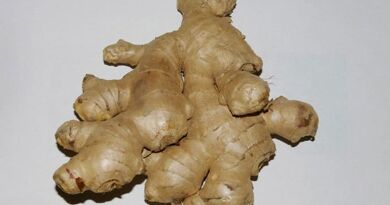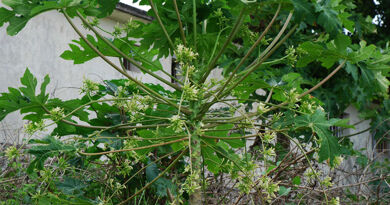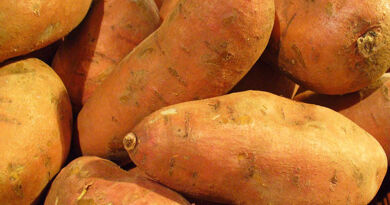India Wood
Called “Laurel aromatic” in the 17th century by R.P. Du Tertre, this tree has nothing to do with the Laurel. If it was named thus, it is for lack of botanical formation on the part of the chronicler. We have very little information on its origin. The leaves, wood and fruits of this medium-sized tree were already known long before colonization. “The Caribbean added its leaves to all their sauces. »(R.P. Du Tertre). The first French colonists used it as a flavoring: “It is commonly used in sauces, but especially when the pig is dirty. We sprinkle with salt and these well-pounded seeds all the layers of meat as we arrange them in the jars or in the barrels, and we cover them with dry leaves of the same tree, as we do in Laurel leaves . The meat thus accommodated contracts an admirable taste and odor. (Father Labat).
Its wood was considered in the 17th century as “the hardest, fullest, most massive and heaviest of all the woods in the country” (R.P. Du Tertre). This is the reason why it was used to make mill rolls, balance teeth, wheel spokes and other works. Father Labat recommended making boards of it, because according to him, it is a wood which, apparently, polishes very well. Today, the Indian Wood is exploited very little. It is mainly used in cooking as a condiment, to marinate fish and certain meats for example.
An original industry Its leaves contain an essential oil. If they are distilled in rum, they provide the “bay-rum”, which was very much used in our islands around ten years ago. The production of “bay rum” gave birth to a small local industry. This product was used in frictions against colds, and especially by athletes for their massages. Today, this industry has almost entirely disappeared, most of our “bay-rum” comes from the British West Indies, Saint Lucia in particular.
We do not know the origin of Indian Wood. He may be indigenous. Peppers, already consumed by the Caribbean before the arrival of Christopher Columbus in the West Indies, originate from tropical America, without or with the West Indies (in the latter case they would be indigenous). As for Cinnamon, Nutmeg, Ginger and Cloves, they were the subject of a very active trade in the Middle Ages between Europe and Asia through the Muslims. It was partly to obtain Asian spices directly that the Portuguese and Spanish set out to explore the oceans in the 15th century and that Christopher Columbus discovered America. These four spices therefore had considerable importance until the 16th century. Perhaps the French colonists introduced them to compete with Asian production. It is true however that from the 17C onwards, other tropical products (especially cane) supplanted spices, which were relegated to a secondary level in trade between Europe and the colonies.



